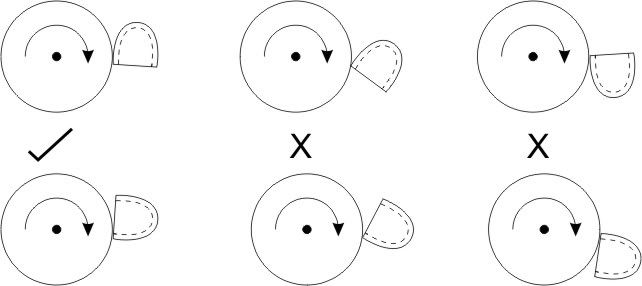I am holding on to make classic shapes – best choice for studying the shape is Billiard and this is my last creation.
After, I don’t know how many, attempts to make a good billiard, as good as I like it, this is the best done by me so far. So, I need your opinion especially regarding the form and the interpretation.
Well, it is not a classic Dunhill like billiard, but as I love long shanks it is a little bit prolonged.
Overall length 14 mm
Height – 44 mm
Chamber diameter – 19 mm
Deepness – 38-39 mm
Stem is hand cut vulcanite with Teflon/Delrin cone. (Please ignore the dust on the stem – on the pictures it is not cleared after buffing).
Time for finishing: from project on the block to the finished pipe – about 8 hours.
Note that I have started on the lathe facing the shank and drilling the mortise, all other work was on sanding wheel, belt and by hand, drilling inclusive. The finish is experimental for me – black dye as a base – buffing, sanding 320 and 400 – walnut stain, buffing sanding 400 and 600 grits. The walnut stain was almost removed.
Briar is Algerian Cirta plateau about one year old in my workshop. To my regret the pattern is somehow wild flame grain but there is only one small black dot on the side of the bowl, so I have new billiard in my rotation, replacing my favorite one which is totally broken and lost (well, this one smokes better and it is lighter.
Every constructive critique and recommendation is very welcome.
Best
George







